
Is DOMS a Sign of Muscle Growth?
Most people think delayed onset muscle soreness (DOMS) is a sign of muscle growth. The idea is that if you train a muscle hard enough to make it sore, then you’ve trained it hard enough to stimulate muscle growth.
That isn’t quite right, though. There’s an interesting new study about how muscle soreness and damage affect muscle growth. The researchers divided people into two groups:
- The DOMS group: The first group dove right into a tough workout program, suffered a ton of muscle damage, and felt incredibly sore. They gradually toughened up, and after a couple of weeks, they were recovering fine.
- The no soreness group: The second group spent a couple of weeks doing a warm-up routine designed to get them used to the stress of the workout program. When they finally started training hard, they got so little muscle damage that it couldn’t be detected, and they didn’t feel any muscle soreness at all.
Both groups grew the same amount, showing us that muscle damage and soreness aren’t necessary, helpful, or harmful. We get the same results either way.
There’s a catch, though.
The catch is that the second group didn’t gain muscle during their first couple of weeks of warming up for the workout program. Their training wasn’t hard enough.
I get four takeaways from this:
- Muscle damage doesn’t stimulate muscle growth. This isn’t a new idea. Tension on your muscles is what stimulates growth, not the muscle damage it can cause.
- You can’t judge the success of your training by how sore you get. DOMS is fine, and a little soreness can be a good sign you’ve worked a muscle hard, but it’s better to avoid the crippling muscle soreness that makes you stiff, delays your workouts, or harms your performance.
- When you start a new program, you start off sensitive to the stimulus and then grow tougher. Thus, it can make sense to start off a new phase of training doing fewer, easier sets and then gradually build from there.
- If you want to grow, your training needs to be challenging enough to stimulate muscle growth. Instead of spending a week doing an easy warm-up routine, I would start with a stimulus that’s powerful enough to stimulate growth.
So, instead of starting with 3–4 sets per exercise and sticking with it, it might make more sense to start with 2 sets and gradually build up to doing 4–5 sets.
And instead of always training with 0–2 reps in reserve, you might do better by starting with 2–3 reps in reserve. From there, push yourself a little harder every week until you’re brushing up against failure on at least some sets of some exercises.
Then, after 4–8 weeks, when you grow tough to that stimulus, and your workouts are getting hard, and your gains are beginning to slow, you can adjust some variables, and ease into a new phase of training.
This is called periodization, and it’s especially popular for gaining strength.
Periodization for Strength Gains
All the top strength training coaches have been using periodization for the past 70 years, and it’s easy to see why. Periodization comes from the Soviet Union back in the 1950s. Their athletes did incredibly well, so their methods spread around the world.
The research is just as promising. A 2017 meta-analysis found that people doing periodized training added an extra 10 pounds to their compound lifts every 15 weeks (which was the average study length).
If we look at a more recent analysis by Greg Nuckols, he found that new lifters following periodized programs gained strength 17% faster. Intermediate lifers gained strength 24% faster. Interestingly, periodization seems to help with the bench press even more, giving 50% faster strength gains.
An even more recent meta-analysis backs up these findings.
Periodization for Muscle Growth
Periodization for muscle growth is a little different, so we need to look at different studies. There are at least two studies showing that gradually increasing training volume yields greater muscle growth than diving straight into “optimal” training volume (study, study).
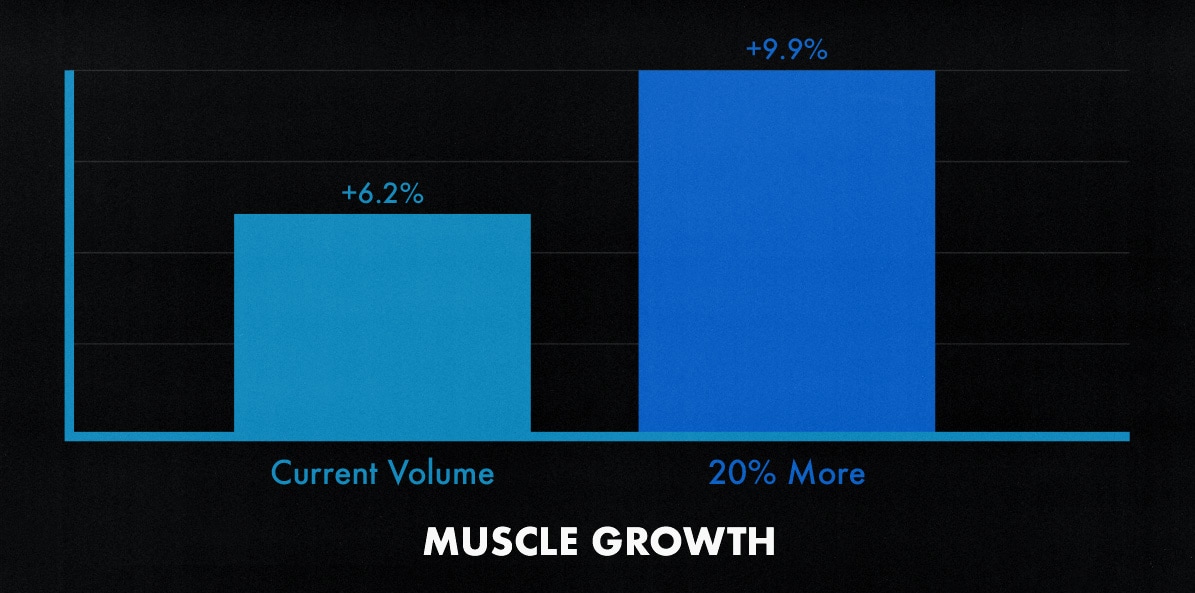
So instead of doing 10–20 sets per muscle per week forever, you’d start with 5–10 sets and build on it.
More recently, the famous Enes study found better muscle growth from adding 2–3 sets per week for 12 weeks:
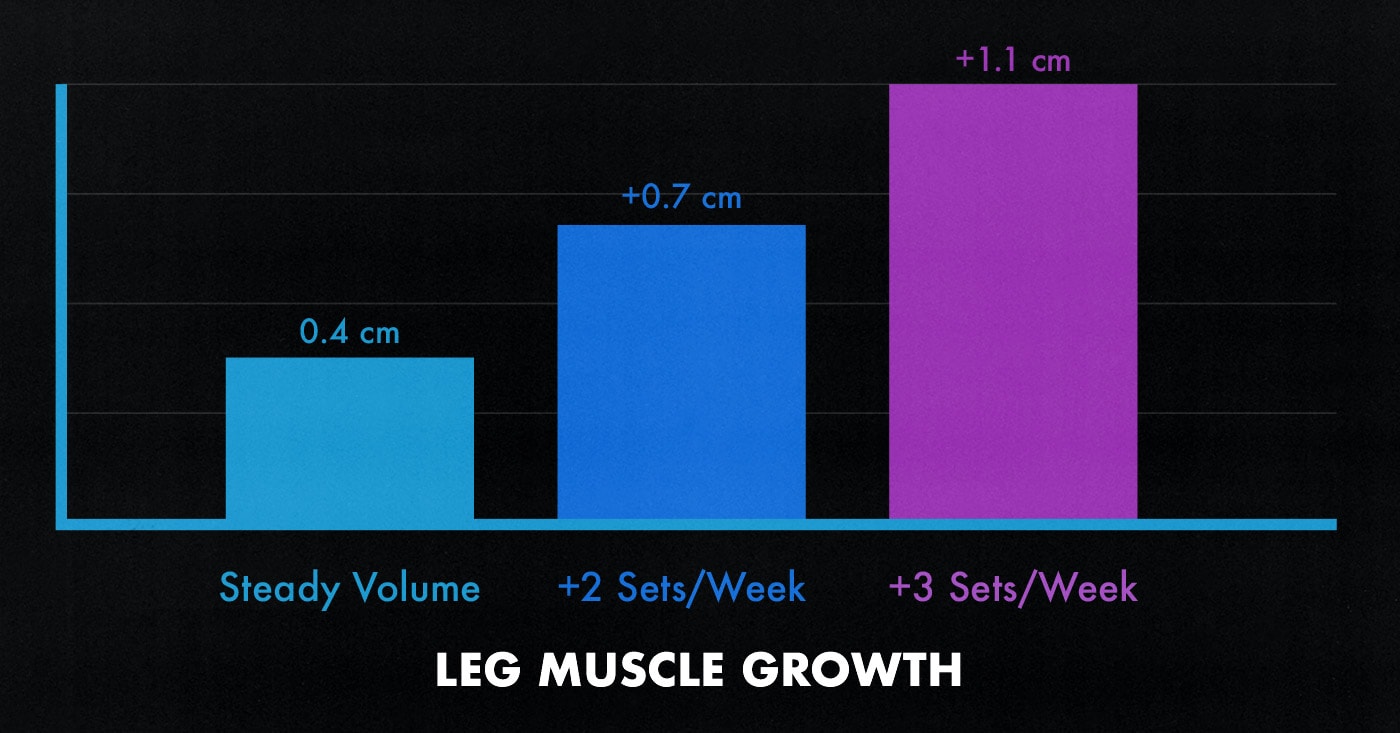
Note that they were adding 2–3 sets to their weekly training program, not to every exercise every workout. I realize this study is controversial. I’ve got a full breakdown of it in this article, including all the other research on training volume.
You’ll also get more from less. Instead of plodding along at high training volumes, fighting for gains, you get to ease back and build up, mixing in weeks of shorter, easier workouts.
And periodization can probably reduce your risk of injury. Switching up variables gives your training more variety, which means you aren’t hammering your connective tissues quite so repetitively, helping prevent overuse injuries.
Plus, easing into new phases of training means you give your body a chance to recover and then to grow tougher before you push it harder.
Less Muscle Soreness, More Muscle Growth
If you want to minimize DOMS and damage while maximizing muscle growth, here’s what I recommend:
- Follow a workout program divided into phases that last 4–8 weeks. Those training phases can be similar to each other, using most of the same exercises and sticking with similar rep ranges, but it helps to change at least a couple of variables.
- Use ramp-in weeks to ease into each phase. Start with 2 sets per exercise, and start by leaving 2-3 reps in reserve, at least on your compound exercises. Next week, add a third set, especially to the exercises you want to make faster progress on. A week or two after that, you could even add a fourth set to some exercises. As you do that, you can also push yourself gradually harder, bringing some sets closer to failure.
- Use deload weeks to ease back. Every 4–8 weeks, take an easier week where you do fewer sets and stop further away from failure.
You can combine those ramp-ins and deloads into the same week. You can deload from the last phase by ramping into the next one. That way, you don’t have weeks where you aren’t making any progress.
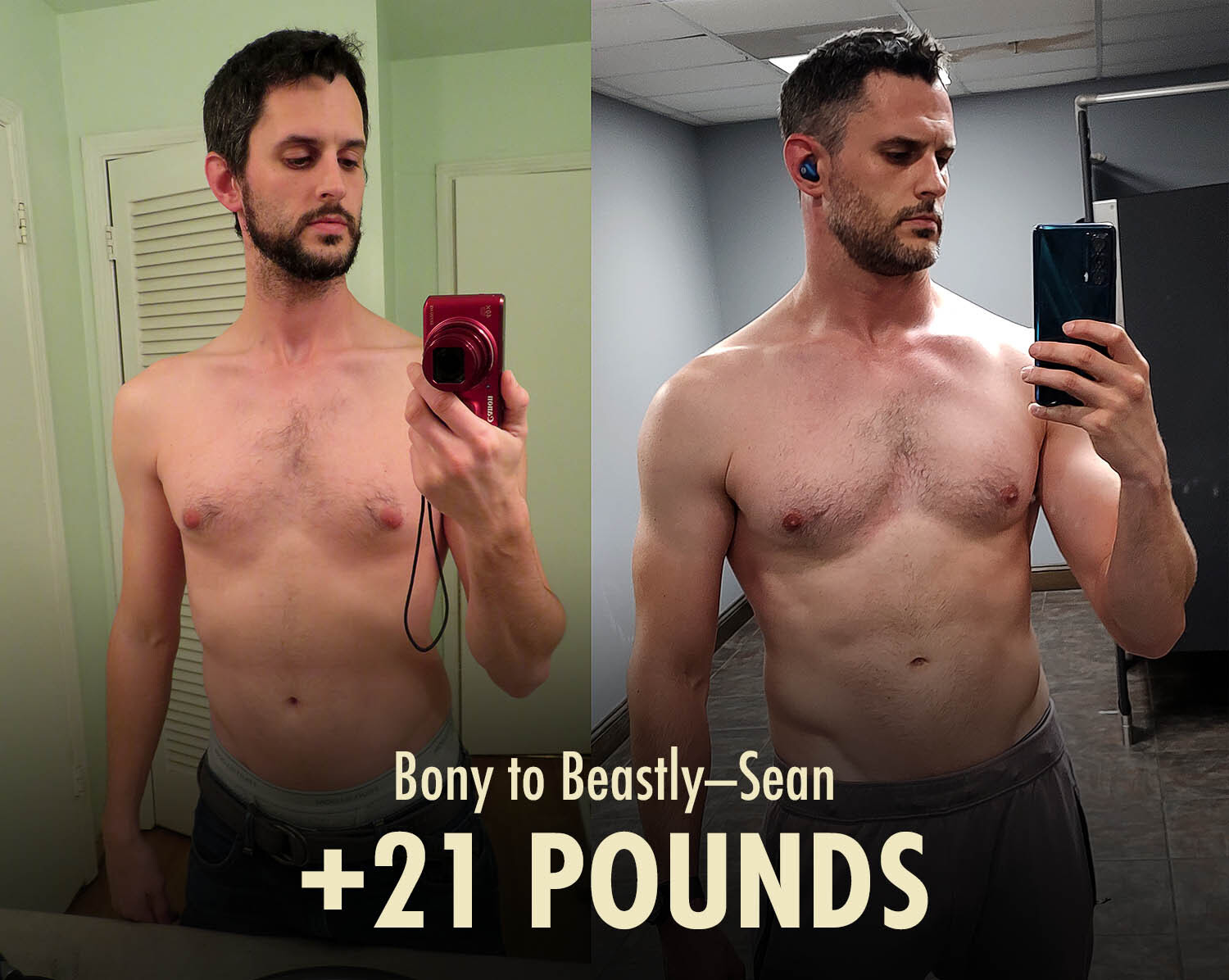
If you want to see how all of this comes together into a fully optimized muscle-building program, check out our Bony to Beastly foundational program, our Outlift intermediate hypertrophy program, or our Legends health and aesthetics program.
Alright, that’s it for now. Feel free to ask questions below. I’ll answer all of them.


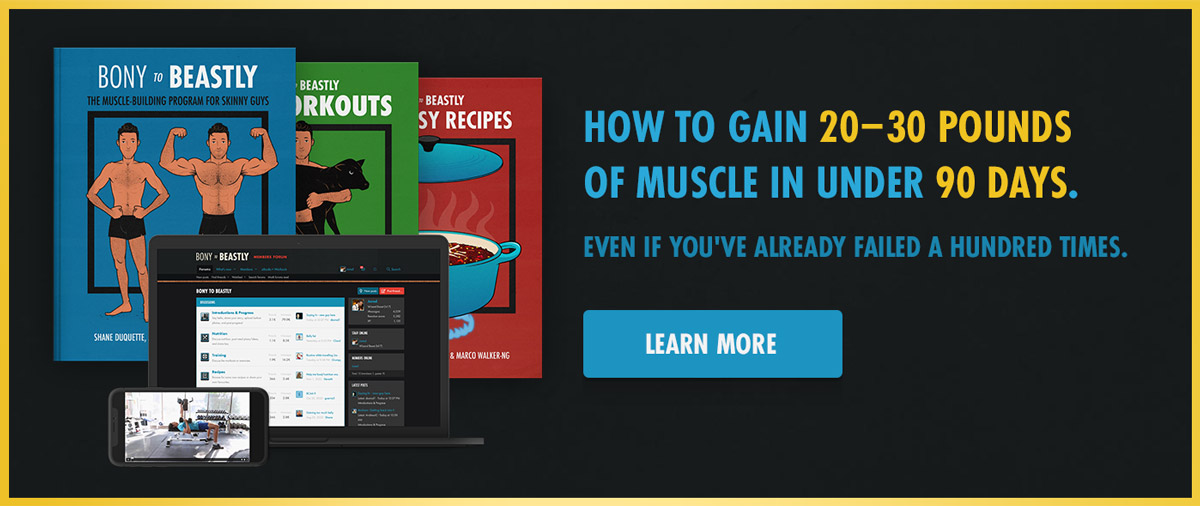
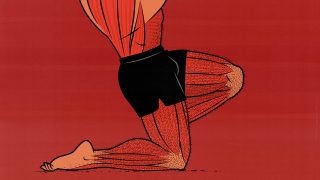
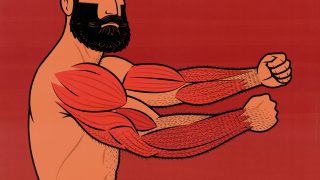

Love the read, thanks for sharing all this knowledge over the years!
– Avid reader